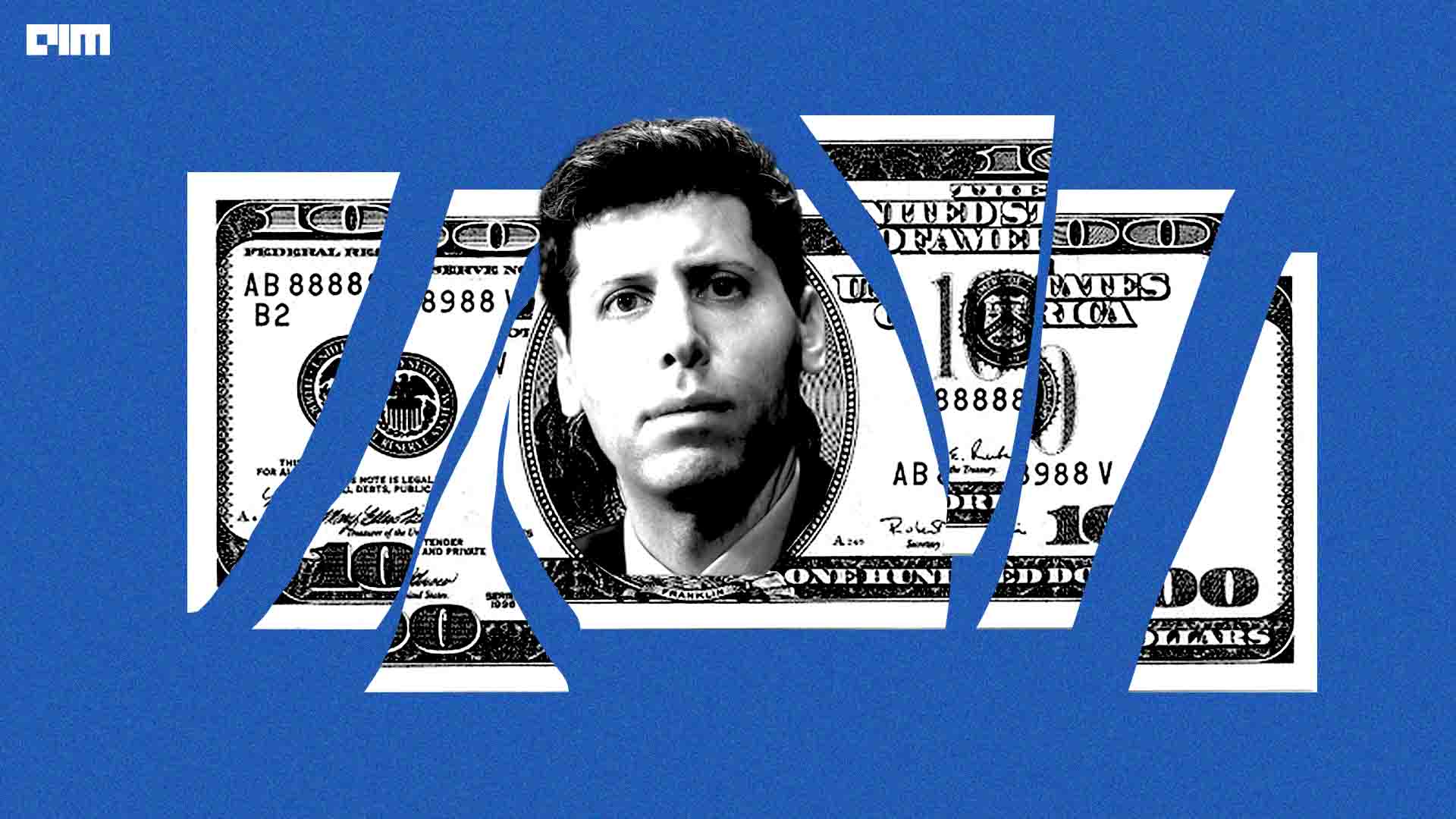
When OpenAI filed for a trademark on ‘GPT’, we called it the beginning of the end of OpenAI, saying that a lot of people might eventually stop using the technology and move away. The company never really won the trademark but there is clear evidence that a lot of people are moving away from its GPT products.
To begin with, when ChatGPT website saw a user decline in June, when compared to May, it was asserted that it might be just because students are out of school. On the other hand, it could also have been because ever since the company released the ChatGPT API for users, people started building their own bots, instead of using the original offering.
Now, it’s July. The user base of ChatGPT has dropped even further. According to SimilarWeb, compared to 1.7 billion users in June, in July, there were only 1.5 billion users, which means a 12% decline month on month. But even this does not include the API usage.
According to a user on X, a major reason for this decline might be just because of API cannibalisation. Which means that most of the companies are prohibiting their employees from using ChatGPT for work, but are allowing them to use the API to leverage the large language model (LLM) in different workflows.
Well, there are other reasons
It is quite handsome of OpenAI to assume that the decline in users is just because people have started using the API to build their own products. Interestingly, the twist over here is the rise of open source LLM models. Meta’s Llama 2 in partnership with Microsoft, OpenAI’s father company, is allowing people to use the model for commercial purposes.
So, instead of going what OpenAI offers, which is a paid, proprietary, and restricted version, why would people not go for Llama 2, which is easily modifiable. Arguably, it is also a lot better in certain use cases when compared to GPT.
You can now test Llama 2 in less than 10 minutes.
Llama 2 is one of the most consequential developments of 2023. It's an open-source alternative to proprietary Large Language Models with a commercial license.
Llama 2 has every ingredient to become successful: it’s open-source,… pic.twitter.com/SQa9S9dSuK— Santiago (@svpino) July 31, 2023
Another interesting thing to note is that, even though Sam Altman does not own equity in OpenAI, the company shifted from being a non-profit to profit way back. Though Altman might not care about the profits, the company does. But, OpenAI is not profitable yet. In May, its losses doubled to $540 million ever since it started developing ChatGPT.
To put OpenAI’s profitability in perspective, according to a recent report by Investopedia, it is too early for an AI leading company, which includes OpenAI, Anthropic, or Inflection, to head into the initial public offering (IPO) market. Moreover, the same report said that it takes at least 10 years of operation and earn around $100 million in revenue for the IPO to be successful.
Microsoft’s $10 billion investment in OpenAI is possibly keeping the company alive at the moment. But on the other hand, OpenAI projected an annual revenue of $200 million in 2023, and expects to reach $1 billion in 2024. Which seems to be a long bet since the losses are only increasing.
It might be true that OpenAI’s shift to a paid version might have been a lot of bucks for them. Probably, the projection of the expected revenue comes from the people buying the APIs and using the GPT-4 based chatbot, or other offerings such as DALL-E2. But the financial numbers on this are still unclear.
Even then, if this LLM focused company goes into IPO, they might be mostly bought out by bigger companies. Arguably, this might be one of the exit strategies for the investors. But nothing is clear here.
As for the employees, while a lot of them might be leaving to join rivals, the company is still hiring people and willing to pay them handsome salaries, and even expanding offices to London.
In December, Altman said that the cost of running this AI company and ChatGPT is “eye watering”, and thus later monetised it. According to a report, ChatGPT costs $700,000 per day to operate. All of this is going through Microsoft and other recent investors’ pockets, which might eventually empty them if it does not get profitable soon.
The Musk pressure
Earlier it was believed that the biggest competitors in the AI race against OpenAI must be Google or Meta, but now with Elon Musk’s xAI in the picture, the conversation has completely shifted. Musk is bullish on raging against OpenAI and to build a rival chatbot. Interestingly, his idea of building a “TruthGPT”, which is not as politically biased as ChatGPT, has been found interesting by a lot of people. He even bought 10,000 NVIDIA GPUs to get ahead.
Adding to all of this is the GPU shortage. Altman had said that the shortage of GPUs in the market is causing the company to not be able to train further models and improve them. Now that the company has filed for a trademark on ‘GPT-5’, it is clear that the company wants to train it. This in turn, has resulted in a huge decline in the quality of ChatGPT output quality.
So if OpenAI does not get more funding soon, the company might have to file for bankruptcy by the end of 2024 to acquire more NVIDIA GPUs that are coming in the second quarter of the year, and start training their models. Till then, competitions are coming up, losses are increasing, users are declining, lawsuits are piling up, and the quality is going down as well.
The post OpenAI Might Go Bankrupt by the End of 2024 appeared first on Analytics India Magazine.